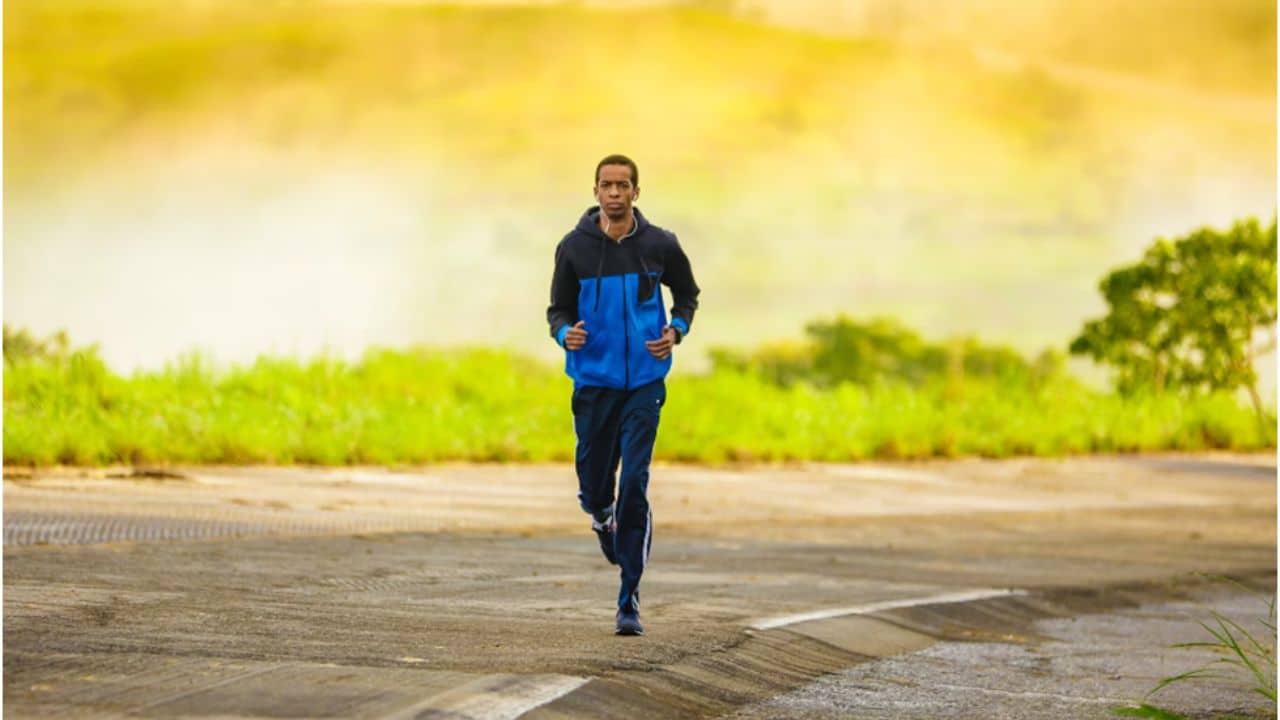Running is one of the most accessible and effective forms of exercise, but having the right accessories is the first rule you should follow because it can significantly enhance your experience and performance.
Whether you’re a seasoned marathoner or a casual jogger, investing in quality gear can make a difference in comfort, safety, and motivation. To help you with making the right choice, here are seven must-have accessories you should consider for running.
1. High-Quality Running Shoes
The foundation of any good running kit is a pair of high-quality running shoes. The right pair can prevent injuries, improve performance, and make your runs more comfortable. When choosing running shoes, consider factors such as your foot type, running style, and the surfaces you run on.
It’s crucial to get properly fitted for running shoes. Many specialty running stores offer gait analysis to help you find shoes that provide the right level of support and cushioning. Look for shoes that offer breathability, durability, and appropriate arch support.
Remember that running shoes should be replaced every 300-500 miles to ensure they continue to provide adequate support and cushioning.
2. Moisture-Wicking Apparel
Moisture-wicking apparel is essential for keeping you dry and comfortable during your runs. Unlike cotton, which absorbs sweat and stays wet, moisture-wicking fabrics draw sweat away from your body and allow it to evaporate quickly. This helps regulate your body temperature and reduces the risk of chafing.
Look for running shirts, shorts, and socks made from synthetic materials such as polyester or nylon blends. Many brands offer apparel specifically designed for running, featuring lightweight, breathable fabrics with anti-odor properties. Layering is also important, especially in varying weather conditions. A good base layer can keep you warm in the winter and cool in the summer.
3. Running Socks
Investing in a good pair of running socks can prevent blisters and enhance comfort. Running socks are typically made from moisture-wicking materials and have additional padding in high-impact areas. For example, merino Wool Socks keep your feet warm and in place during the run and are ideal for winters.
When choosing running socks, consider the thickness and length that best suits your needs. Thicker socks can provide more cushioning, while thinner socks may offer better breathability. Compression socks are another option, as they can improve circulation and reduce muscle fatigue. Make sure your socks fit well and do not bunch up inside your shoes, as this can cause discomfort and blisters.
4. Hydration Gear
Staying hydrated is crucial for any runner, especially during long runs or in hot weather. Hydration gear can help you carry water and electrolyte drinks easily, ensuring you stay hydrated throughout your run. Options include handheld water bottles, hydration belts, and hydration vests.
Handheld water bottles are convenient for shorter runs, while hydration belts and vests are ideal for longer distances. Some hydration vests come with multiple pockets, allowing you to carry gels, snacks, and other essentials.
5. GPS Running Watch
A GPS running watch is an invaluable tool for tracking your performance and progress. These watches can monitor your distance, pace, heart rate, and other metrics, providing valuable data to help you improve your training. Many GPS watches also offer features such as route mapping, interval training, and activity tracking.
When selecting a GPS running watch, consider the features that are most important to you. Some models offer advanced metrics like VO2 max estimation, cadence tracking, and recovery advice. Battery life is another important factor, especially for long-distance runners. Choose a watch that is user-friendly and has a display that is easy to read while running.
6. Reflective Gear and Lights
Safety should always be a priority, especially if you run in low-light conditions or at night. Reflective gear and lights can make you more visible to drivers, cyclists, and other runners, reducing the risk of accidents. Reflective vests, armbands, and ankle bands are lightweight and can easily be added to your running outfit.
In addition to reflective gear, consider using running lights. Headlamps and clip-on lights can illuminate your path, helping you see obstacles and navigate safely. Some running shoes and apparel also come with built-in reflective elements, providing additional visibility.
7. Sunglasses and Sun Protection
Protecting your eyes and skin from the sun is essential for outdoor runners. Sunglasses designed for running can shield your eyes from harmful UV rays, reduce glare, and improve visibility. Look for sunglasses with lightweight frames, anti-slip nose pads, and lenses that offer 100% UV protection.
In addition to sunglasses, wearing a hat or visor can provide extra shade and help keep sweat out of your eyes. Applying a broad-spectrum sunscreen with at least SPF 30 is crucial for protecting your skin from sunburn and long-term damage. Choose a sunscreen that is sweat-resistant and won’t run into your eyes during your run. This will make your run a breeze.




































